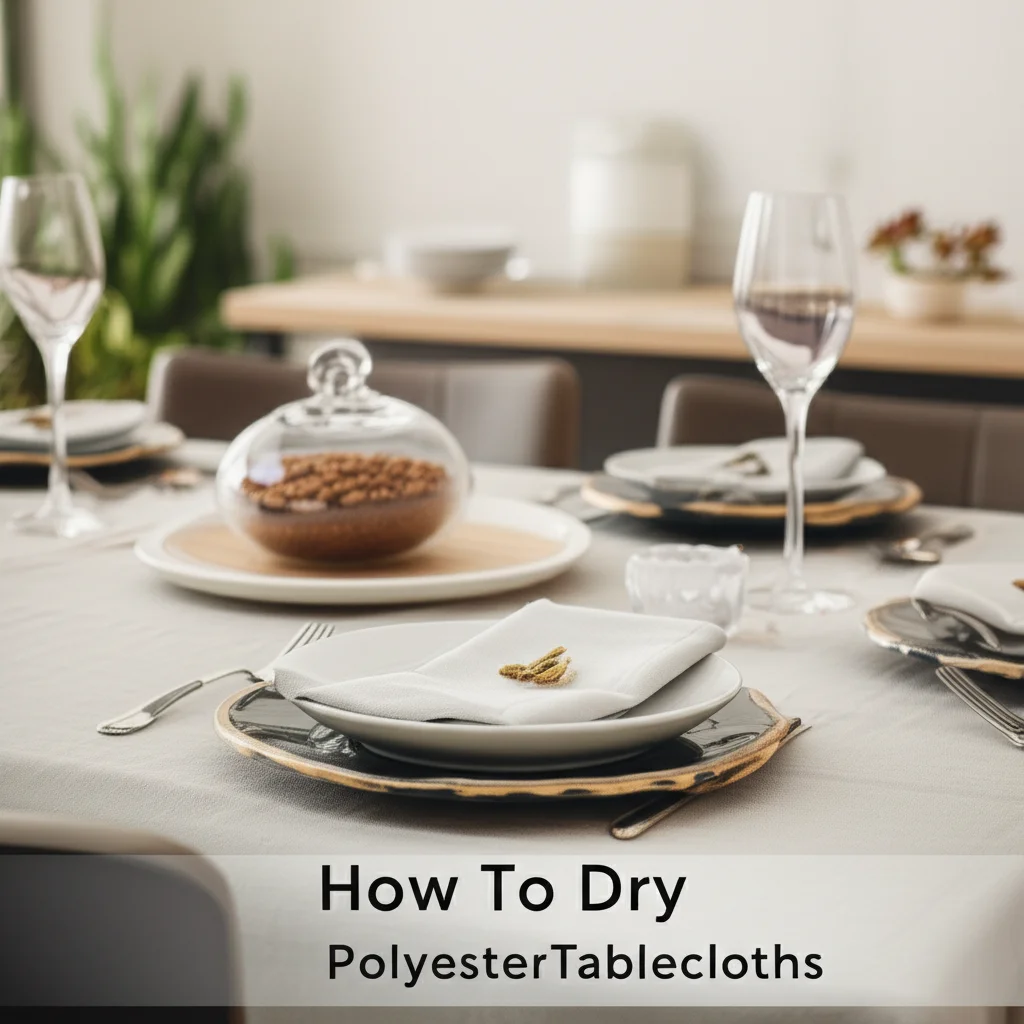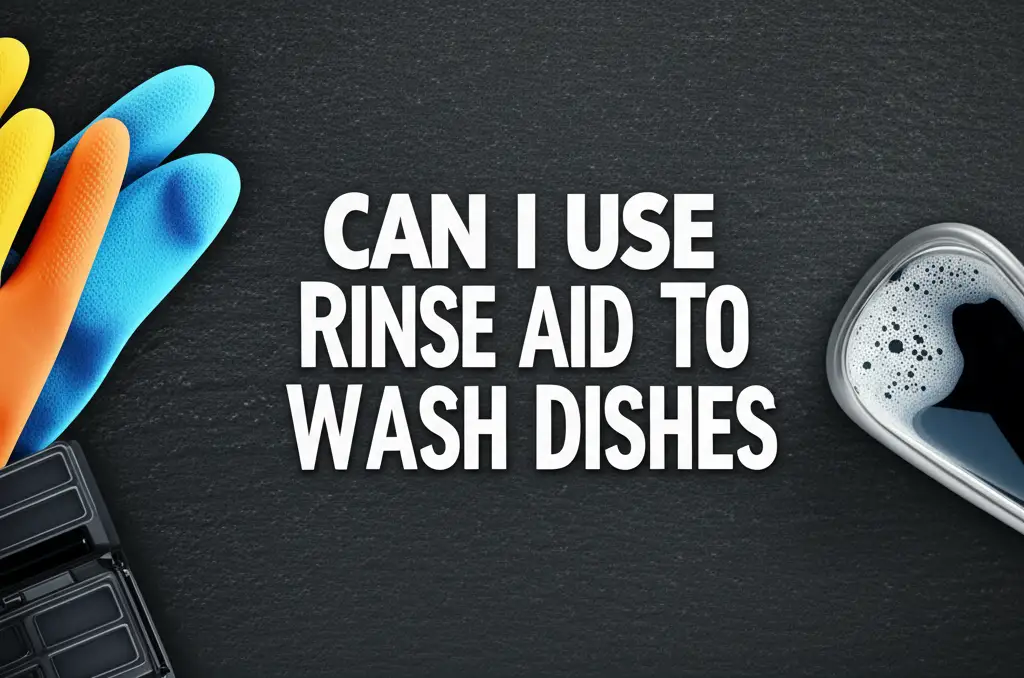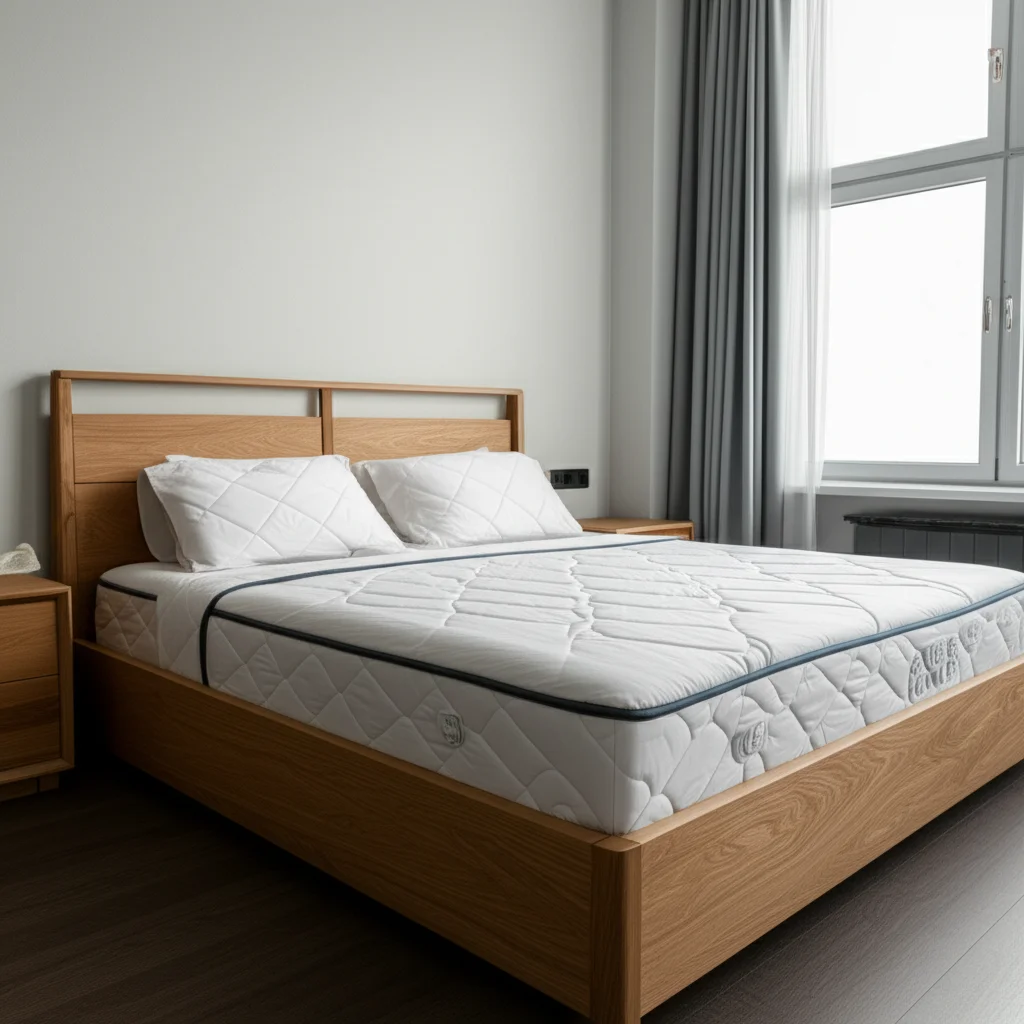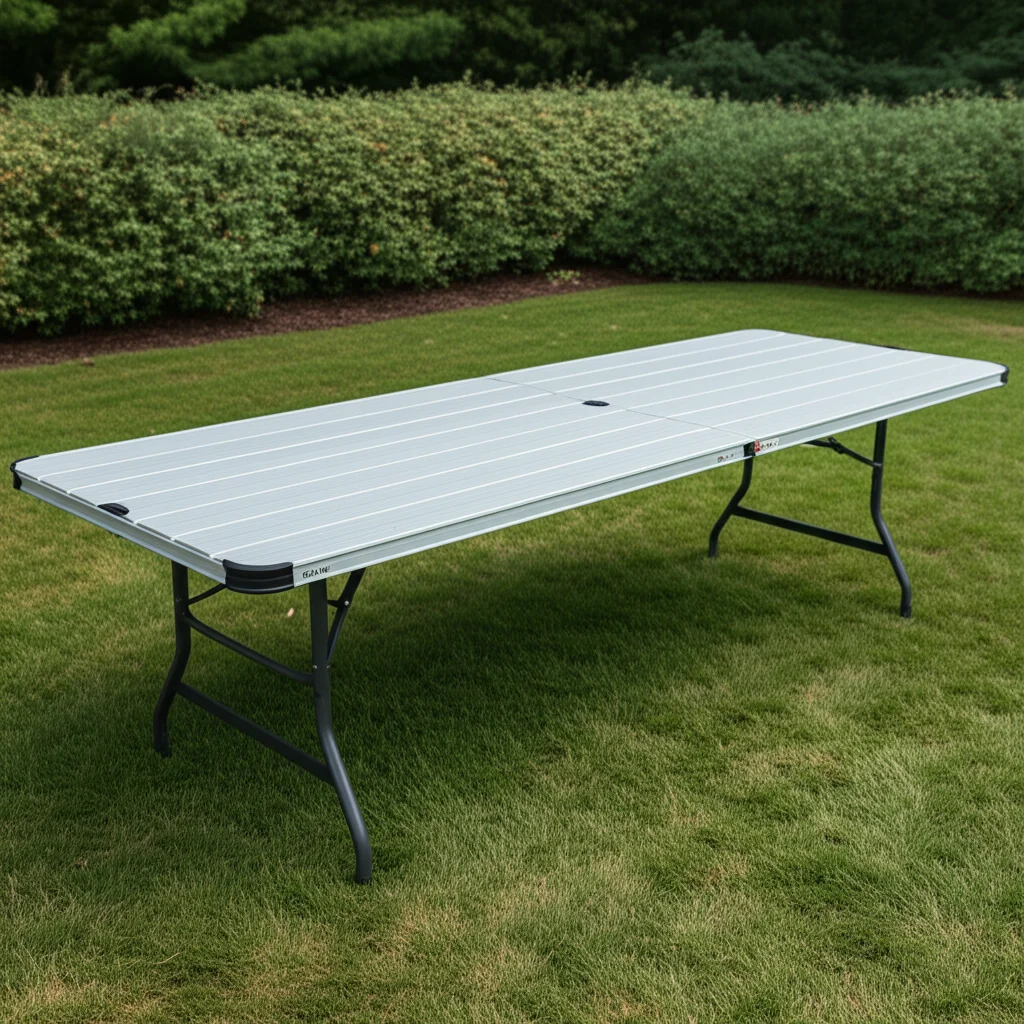· Todd Martin · Home Essentials · 14 min read
How To Dry Polyester Tablecloths

The Ultimate Guide: How To Dry Polyester Tablecloths
Polyester tablecloths are popular for many reasons. They are durable and often resist wrinkles. People use them for everyday meals and special events. But after washing them, knowing how to dry polyester tablecloths correctly is very important. Proper drying ensures your tablecloths stay looking great for years. It prevents common problems like shrinking or excessive wrinkling.
This guide helps you understand the best ways to dry your polyester tablecloths. We will cover both machine drying and air drying methods. You will learn tips to avoid wrinkles and keep your tablecloths in top condition. We will also address common mistakes. Getting this part of laundry right saves you time and effort. Let us make sure your tablecloths are always ready for your next gathering.
Takeaway:
- Always use low heat settings when machine drying polyester.
- Remove tablecloths from the dryer promptly to avoid wrinkles.
- Air drying is the safest method and prevents heat damage.
- Smooth out polyester fabric before drying to minimize creases.
To dry polyester tablecloths, use a low heat setting in a dryer or hang them to air dry. Low heat prevents damage and shrinking. Air drying maintains the fabric’s integrity and helps avoid wrinkles. Remove the tablecloth promptly from the dryer or smooth it while hanging.
Understanding Polyester: Why Drying Matters
Polyester is a synthetic fabric. It is known for its strength and durability. Many people choose polyester because it resists wrinkles and shrinking. This makes it ideal for tablecloths, which often see a lot of use and washing. However, these benefits depend on how you care for the fabric. Drying polyester correctly is a key part of its care routine.
High heat is polyester’s biggest enemy. When exposed to high temperatures, polyester fibers can melt or scorch. This damage is often permanent. It can make the fabric look shiny, stiff, or even brittle. Your tablecloth might also shrink unevenly. This changes its shape and size. Understanding these properties helps you protect your investment. You ensure your tablecloth remains soft and beautiful.
Proper drying also helps maintain the tablecloth’s appearance. Polyester naturally resists wrinkles, but improper drying can introduce them. Over-drying or using too much heat sets creases into the fabric. This means more time spent ironing later. My goal is to make your laundry tasks easier. Knowing the right steps saves you effort in the long run.
For the best results, always check the care label on your specific tablecloth. Manufacturers provide guidelines tailored to their product. While polyester is generally resilient, blends with other fibers might require special attention. By following these simple rules, you extend the life of your tablecloth. If you are curious about washing, you can learn how to wash a polyester tablecloth effectively.
Machine Drying Polyester Tablecloths: The Gentle Approach
Machine drying is convenient for many people. When you dry polyester tablecloths in a machine, using the right settings is critical. Polyester responds best to low heat. High heat can damage the fibers, causing them to shrink or melt. Always select a “low heat,” “delicate,” or “permanent press” setting on your dryer. These settings provide enough heat to dry the fabric without harming it.
Overloading your dryer is another common mistake. When the dryer is too full, air cannot circulate properly. This leads to longer drying times and more wrinkles. Give your polyester tablecloths plenty of space to tumble freely. This helps them dry evenly and reduces creasing. I often dry tablecloths one at a time or with very few other items. This ensures they come out smooth.
Removing the tablecloth promptly from the dryer is also important. As soon as the cycle finishes, take the tablecloth out. If it sits in the dryer, wrinkles can set in as it cools. Smooth it out immediately and fold or hang it. This step alone saves a lot of ironing time. It keeps your tablecloth looking neat and ready for use.
Choosing the Right Dryer Setting
My dryer has many options. For polyester, I always look for “delicate,” “low,” or “permanent press.” These settings use a lower temperature and a gentler tumble. Some dryers even have a “no heat” or “air fluff” cycle. This is an excellent option if you have time. It provides maximum protection for your fabric. Always aim for the least amount of heat possible to dry your polyester tablecloths.
Tips for Preventing Wrinkles in the Dryer
You can do a few things to reduce wrinkles while machine drying. First, give the tablecloth a good shake before putting it in the dryer. This helps loosen any creases from the wash. You can also add dryer balls to the load. They help separate the fabric, allowing more airflow and reducing drying time. Dryer balls also fluff the fabric, which can lead to fewer wrinkles. Think of it as a small massage for your tablecloth. These techniques work well for other polyester items too, such as when you how to wash a polyester blanket.
Air Drying Polyester Tablecloths: The Safest Method
Air drying is the safest method for polyester tablecloths. It completely removes the risk of heat damage. There is no chance of melting, scorching, or shrinking the fabric. This method also saves energy, which is a great bonus for your utility bill. For delicate polyester tablecloths or those with special embellishments, air drying is definitely my top recommendation.
When air drying, proper hanging is important. First, shake out the tablecloth thoroughly after washing. This helps to release any existing wrinkles. Then, hang it over a clothesline or a drying rack. Make sure to smooth out the fabric as much as possible. Avoid folding it tightly over the line. Instead, drape it broadly to prevent creases. I find that using multiple clothes pegs helps keep the fabric spread out.
Good air circulation is essential for quick and even drying. If you are drying indoors, choose a well-ventilated area. A room with open windows or a fan works perfectly. If you are drying outdoors, pick a breezy day. Direct sunlight can sometimes be too intense for colored polyester over long periods, potentially causing fading. A shady or partially shaded spot is often best.
Air drying polyester tablecloths results in a very smooth finish. Because there is no harsh tumbling, the fabric maintains its natural drape. This means less ironing for you later. It might take a bit longer than machine drying, but the quality of the dry and the longevity of your tablecloth make it worthwhile. This gentle approach is similar to the care you might take when learning how to dry a mattress protector, ensuring the item remains in good shape.
Battling Wrinkles: Advanced Drying Techniques
Even with the best intentions, wrinkles can sometimes appear on polyester tablecloths. Thankfully, several techniques can help you achieve a smooth, wrinkle-free finish. These methods are designed to work with polyester’s inherent properties, making your life easier. Starting with a properly prepared tablecloth makes a big difference. Before you begin drying, give your tablecloth a good shake. This simple action helps to unfurl any creases from the wash cycle.
One effective strategy is to use dryer balls. These balls, often made of wool or rubber, tumble with your laundry. They help separate the fabric, allowing hot air to circulate more effectively. This reduces drying time and also fluffs the tablecloth, leading to fewer wrinkles. I always toss a few in with my larger polyester items. The result is consistently smoother fabric.
Consider damp drying and immediate hanging. This method involves running the dryer on a low or air-fluff setting for only a short period. The goal is to remove most of the moisture, but leave the tablecloth slightly damp. Then, immediately remove it and hang it up. The remaining moisture will evaporate as it hangs. Gravity will pull out any lingering wrinkles. This technique is especially good for large tablecloths.
If your dryer has a steam setting, this can be a powerful tool for wrinkle removal. The steam gently relaxes the fabric fibers. This allows creases to fall out. If your dryer does not have this feature, a handheld steamer can work wonders once the tablecloth is dry. For stubborn wrinkles, a very low iron setting with a pressing cloth is a last resort. Always use a pressing cloth to protect the polyester from direct heat. It prevents scorching and melting.
Common Mistakes to Avoid When Drying Polyester
Drying polyester tablecloths might seem simple, but common errors can lead to damage or extra work. Knowing these pitfalls helps you protect your fabric and keep it looking its best. I have seen many people make these mistakes, and the outcome is often irreversible damage. Avoiding them will save you money and frustration.
The most frequent mistake is using high heat. Polyester is a plastic-based fabric. High temperatures can cause it to melt, scorch, or permanently crease. This damage is not fixable. Always choose the lowest heat setting available on your dryer, or opt for air drying. Never assume that a quicker dry on high heat is a good idea for polyester.
Over-drying is another common error. Leaving polyester in the dryer for too long, even on a low heat setting, can cause problems. It can make the fabric brittle. It can also set in wrinkles that are then very difficult to remove. Polyester dries quickly. Remove it as soon as it is dry to the touch, or even slightly damp if you plan to hang it.
Forgetting the tablecloth in the dryer after the cycle finishes is also problematic. As the fabric cools down in a crumpled state, wrinkles become deeply set. This means you will spend more time ironing later. I make it a point to remove polyester items immediately. This simple habit makes a big difference. Just like how you care for other polyester items like a jacket or backpack, prompt removal is key for proper how to clean polyester jacket and how to wash a polyester backpack care.
Finally, always check the care label on your specific tablecloth. While general guidelines apply to polyester, some tablecloths are blends. Blends might have different temperature sensitivities. Ignoring the care label can lead to damage. Taking a moment to read it prevents unwanted surprises.
Post-Drying Care and Storage for Polyester Tablecloths
Once your polyester tablecloths are perfectly dry, proper post-drying care and storage are crucial. This ensures they stay fresh, wrinkle-free, and ready for your next event. How you handle them immediately after drying directly impacts their appearance. My goal is for your tablecloths to look as good as new every time you use them.
For immediate care, decide whether to fold or roll your tablecloth. Both methods can help prevent wrinkles, but rolling is often superior for very large or delicate tablecloths. If you fold, make sure to do it neatly. Smooth out each section as you go. For rolling, lay the tablecloth flat. Then, roll it tightly around a cardboard tube or a clean PVC pipe. This prevents sharp creases and keeps the fabric smooth.
Storing your polyester tablecloths properly extends their life. Choose a cool, dry place away from direct sunlight. Sunlight can fade colors over time. Avoid storing them in damp areas, like basements, as this can lead to mildew. A closet shelf, a drawer, or a dedicated storage bin works well. Ensure the storage area is clean to prevent dust or stains.
Even with the best drying and storage practices, a quick touch-up might sometimes be necessary. If you spot a minor wrinkle, a handheld garment steamer works wonders. The steam gently relaxes the fibers without applying direct heat. If you need to iron, always use the lowest heat setting and place a clean cloth between the iron and the tablecloth. This barrier protects the polyester from heat damage. Just like you would take care when learning how to clean a polyester chair, gentle methods are always best for polyester fabrics.
Quick Dry Solutions for Polyester Tablecloths
Sometimes, you need your polyester tablecloth to dry fast. Whether it is for an unexpected dinner party or a last-minute cleanup, a quick dry is a lifesaver. Polyester inherently dries faster than many natural fibers. Still, a few tricks can speed up the process even more. My aim is to get your tablecloth ready when you need it most.
First, maximize water extraction during the washing cycle. Select your washing machine’s highest spin speed. This removes more water before drying even begins. The less water in the fabric, the faster it will dry. Just be sure your washer and the tablecloth can handle a high spin cycle. This step alone cuts down drying time significantly.
After washing, gently wring out any excess water by hand. Be careful not to twist the fabric too harshly, as this can cause deep wrinkles. You can also lay the tablecloth flat on a large, clean towel. Roll the tablecloth and towel together, then press down firmly to absorb moisture. The towel acts like a sponge, drawing water out of the polyester. This significantly reduces the dampness.
When machine drying, ensure optimal air circulation. If possible, dry the tablecloth alone or with very few other items. This allows air to flow freely around the fabric, speeding up the process. Using dryer balls can also help here, as they lift and separate the fabric. Always use a low heat setting, even when trying to dry quickly, to protect the polyester.
For air drying, good airflow is paramount. Hang the tablecloth in an area with strong air circulation. Placing it near a fan or open window can accelerate drying. If drying outdoors, a breezy spot is ideal. The movement of air helps water evaporate faster. These combined techniques can drastically reduce the drying time for your polyester tablecloths, making them ready sooner.
FAQ Section
Can I tumble dry polyester tablecloths on high heat?
No, avoid tumble drying polyester tablecloths on high heat. High temperatures can melt, scorch, or shrink polyester fibers permanently. Always use a low heat setting, delicate cycle, or permanent press option on your dryer to protect the fabric. This helps maintain the tablecloth’s integrity and appearance.
How do I get wrinkles out of a polyester tablecloth?
To remove wrinkles from a polyester tablecloth, first try shaking it out while damp and hanging it to air dry. If using a dryer, use a low heat setting and remove it promptly. For stubborn wrinkles, a handheld garment steamer works well. Alternatively, use an iron on its lowest setting with a pressing cloth between the iron and the fabric.
Is it better to air dry or machine dry polyester tablecloths?
Air drying is generally the safest and most recommended method for polyester tablecloths. It eliminates the risk of heat damage and saves energy. Machine drying on a low heat or delicate setting is also acceptable for convenience. Both methods can yield good results when done correctly.
How long does it take for a polyester tablecloth to air dry?
The air drying time for a polyester tablecloth depends on several factors. These factors include humidity, air circulation, and the initial dampness of the fabric. In a well-ventilated area or outdoors on a breezy day, a polyester tablecloth can air dry in 2-4 hours. Indoors with less air movement, it might take 4-8 hours.
Do polyester tablecloths shrink when dried?
Polyester tablecloths are highly resistant to shrinking. However, they can shrink if exposed to very high heat in a dryer. This high heat causes the synthetic fibers to contract. To prevent any shrinkage, always dry polyester tablecloths on a low heat setting or opt for air drying.
Can I iron a polyester tablecloth?
Yes, you can iron a polyester tablecloth, but use caution. Set your iron to the lowest heat setting, often labeled “synthetic” or “polyester.” Always use a pressing cloth between the iron and the tablecloth. This prevents direct heat contact and protects the fabric from melting or shining. Iron quickly and avoid prolonged contact.
Conclusion
Mastering how to dry polyester tablecloths ensures they stay pristine and ready for every occasion. We have explored the best practices, from using low heat in your dryer to embracing the benefits of air drying. Polyester is a durable and versatile fabric. Proper drying preserves its integrity, prevents shrinking, and keeps those pesky wrinkles at bay. My experience tells me that these small efforts make a huge difference in the lifespan and appearance of your tablecloths.
Remember to always consult the care label. Opt for low heat or air drying whenever possible. Promptly remove your tablecloths from the dryer. Use techniques like dryer balls or damp hanging for extra wrinkle prevention. By following these simple steps, you extend the life of your polyester tablecloths. You also maintain their vibrant look and smooth feel.
Now that you know the secrets, go forth and dry with confidence! Your beautiful, wrinkle-free polyester tablecloths will thank you. For more insights on home essentials and fabric care, explore our other helpful guides. Keeping your home textiles in top condition is easier than you think.





